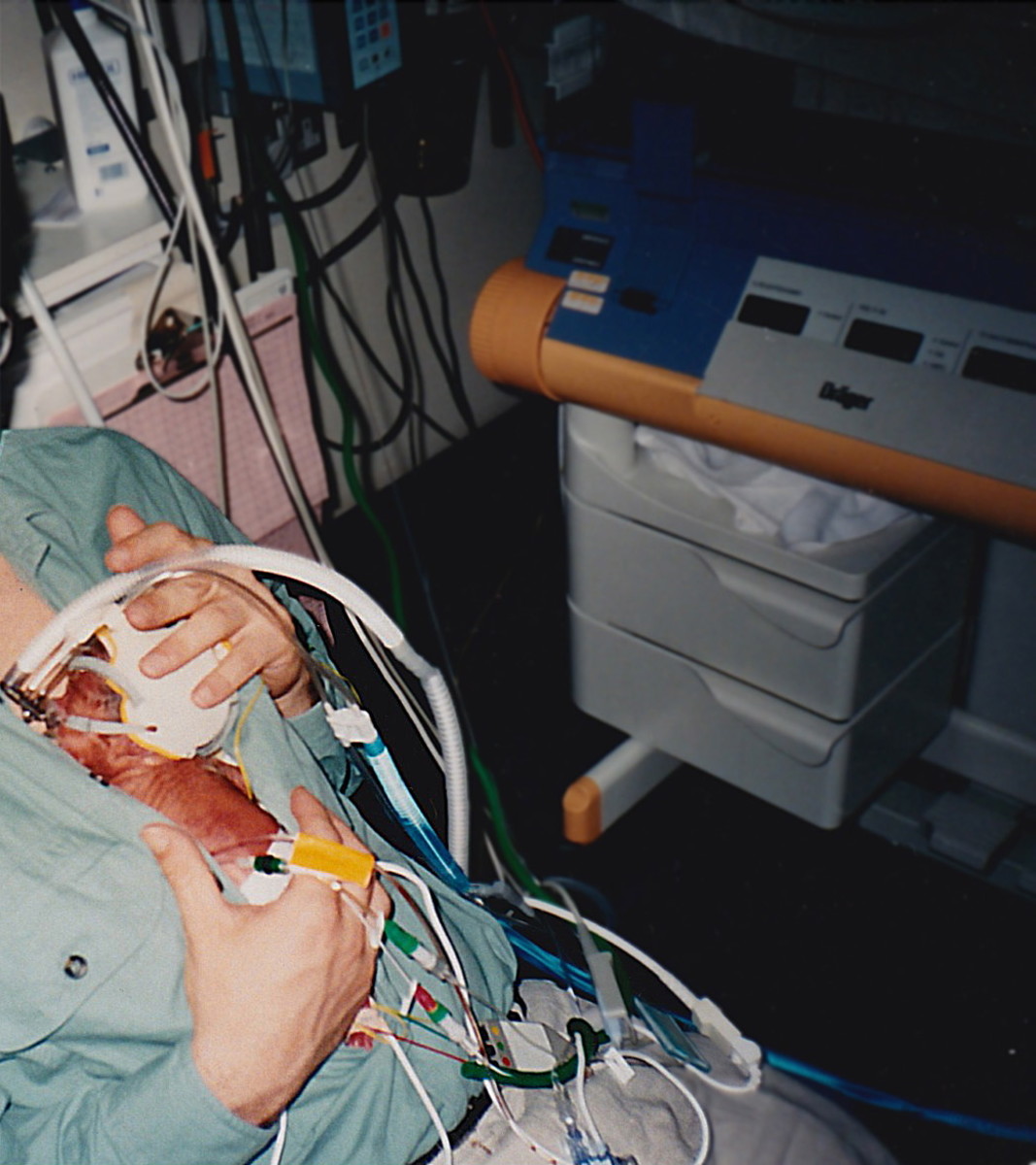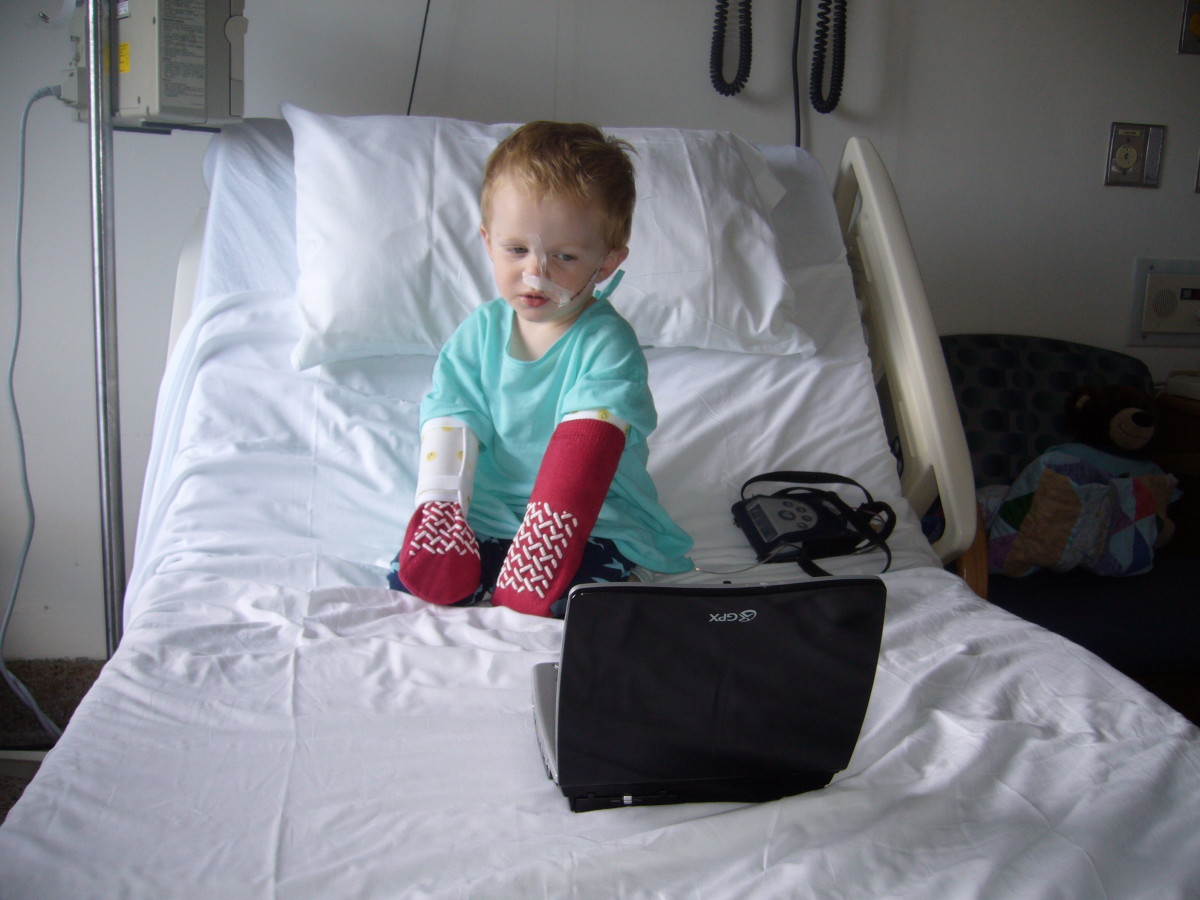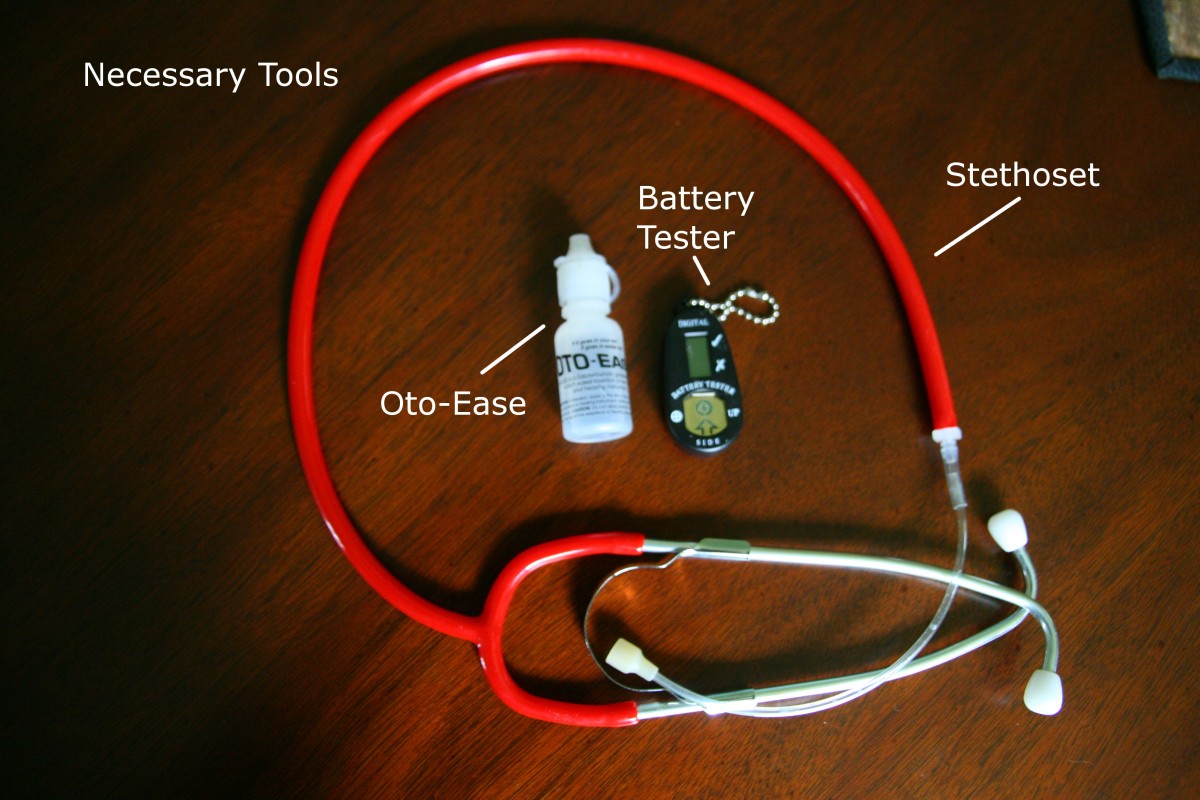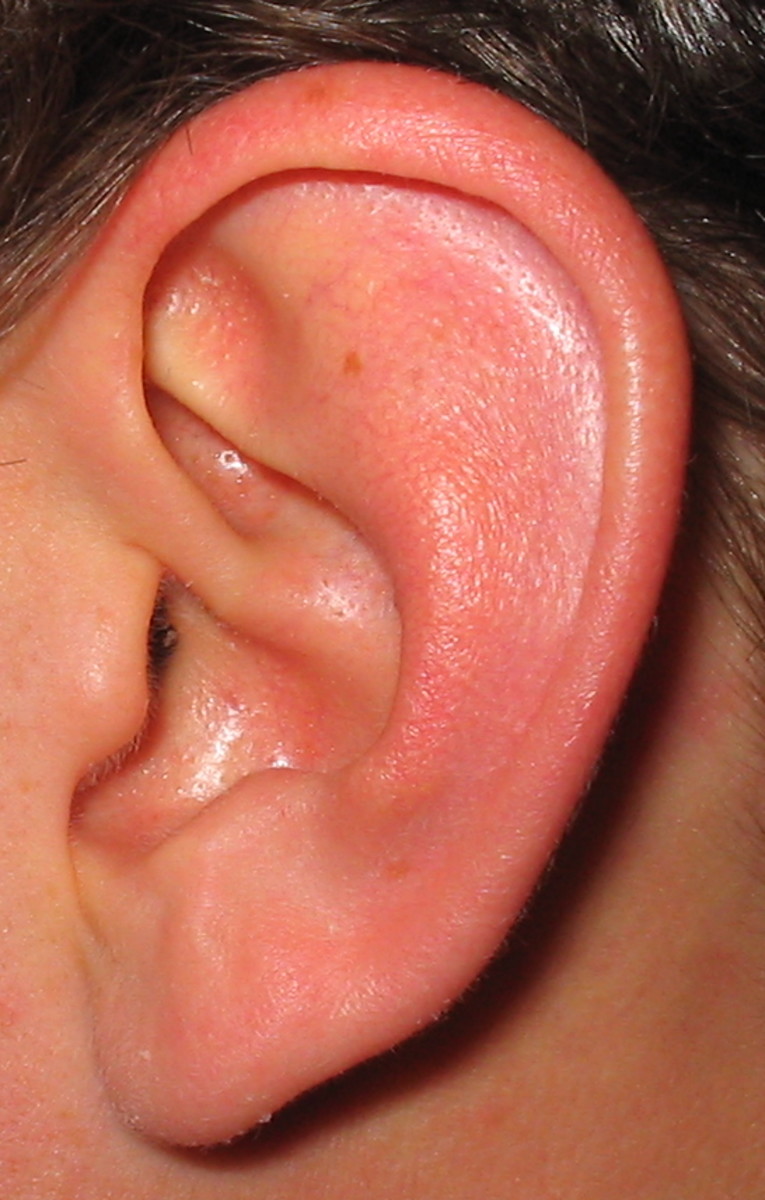Kangaroo Mother Care - It's Beginnings And Benefits.
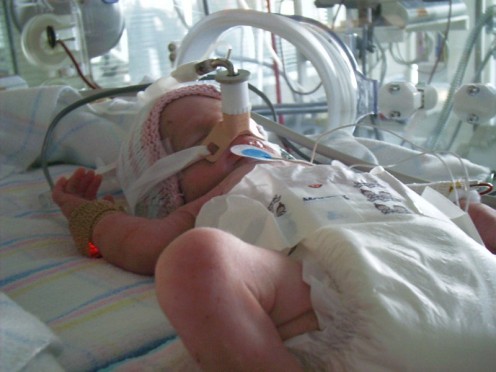
Vote For Your Favorite Hubnugget Wannabe! I Just Happen To Be A Nominee.
- Newsflash: 10 New HubNugget Wannabes Make Their World Premier
Hello again everybody, and welcome to this week's HubNugget Wannabe world premier! This is B.T. Evilpants, reporting from the red carpet on Minna Street in beautiful San Francisco. I've just been informed...
According to CBS News.com, over the last 25 years, the number of premature births has soared 30 percent in the United States - to more than 500,000 a year!
In addition to solving the mystery behind such an alarming trend, there is a simple yet effective method that has been found to - at least - increase the chances of a premature baby's survival.
Termed "kangaroo mother care", this simple method has had several benefits for both baby and parents alike.
But what is "kangaroo mother care" (also known as kangaroo care), and what are it's supposed benefits?
* The Origins Of Kangaroo Mother Care.
In 1979, in a hospital in Bogota, Colombia, the survival rate for premature babies was alarmingly low.
Due to overcrowded facilities, a shortage of medical personnel and equipment, and at times poor sanitation, the dangers of cross infections was extremely high. Thereby, making it quite a challenge for doctors to keep premature infants alive.
This was the catalyst that drove a Colombian doctor to come up with a simple, yet effective solution that would help alleviate this problem. Therein lies the birth of "kangaroo mother care."
* How Kangaroo Mother Care Works.
How does this simple process work? When a baby is born prematurely; until it's condition is stabilized; it is cared for by standard neonatal procedures. While this is taking place, the mother receives training in caring for her infant.
Once the baby is deemed sufficiently healthy, the mother literally becomes a living incubator.
Much like a kangaroo mother keeps her joey warm and well-fed in her pouch; the human mother keeps her baby close to her - wrapped vertically between her breasts - and provides her baby with the warmth and nourishment vital for his/her survival.
Hence, the term "kangaroo mother care."


* Does Kangaroo Mother Care Rely On The Use Of Special Equipment?
Ingeniously, there is not a need for fancy equipment. The mother simply wears a suitable blouse, or a normal dress with a waistband.
In a children’s hospital in Argentina, specially designed aprons were provided for the nurses (and mothers if they were able) to carry the premature babies next to their stomachs, while allowing them to go about their work or daily activities.
Once the baby gains sufficient weight, both mother and baby can go home, returning to the hospital regularly for vital checkups.
* What Are The Overall Benefits Of Kangaroo Mother Care.
In addition to "kangaroo mother care" being safe and effective, it provides benefits for baby, mother, immediate family members, as well as the hospitals.
Benefits for baby include:
1.) immediate weight gain
2.) do very well health-wise
3.) sleep longer
4.) improved breathing patterns
5.) shortened hospital stays
6.) engenders a greater sense of security (similar to feelings felt in the womb)
Benefits for mother include:
1.) a closer bond between mother and baby
2.) may lessen maternal depression
These same benefits are experienced by other members of the immediate family as well. In Mexico, relatives are trained to become "kangaroo fathers,", "kangaroo sisters," as well as "kangaroo grandmothers," providing mom with a much needed and deserved break.
Benefits to the hospitals include:
1.) requires no special equipment
2.) a minimal to no overhead cost
3.) fewer incubators are needed
4.) much less hospital time is needed
In 2005, UNICEF took note of the fact that with this simple solution, the death rate of premature babies in Tokyo Metropolitan Bokuto Hospital (where this procedure had too been adopted) had dropped, and the hospitalization period was shortened.
With such great success, it's no wonder that "kangaroo mother care," is growing in popularity in developed countries for both premature and full-term babies ( It is estimated that more than 200 neonatal intensive care units practice this procedure today, compared to less than 70 in the early 1990s. A recent survey found that at least 82 percent of neonatal intensive care units use kangaroo mother care in the United States).
No cost, no equipment, just the skin-to-skin contact between mother and child. Simplistic, yes. Potentially life-saving, definitely.
copywrite © 2009.


